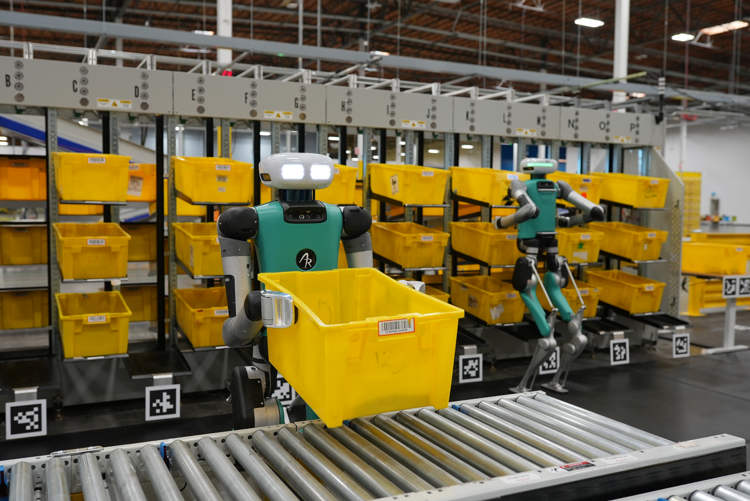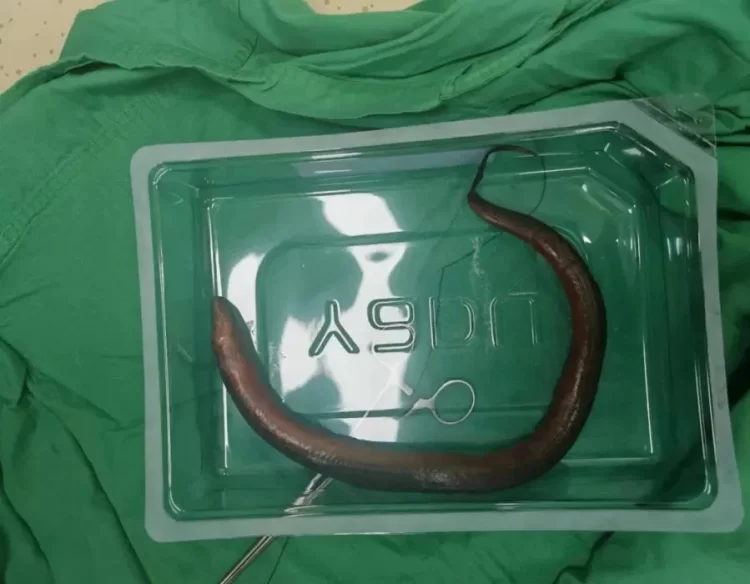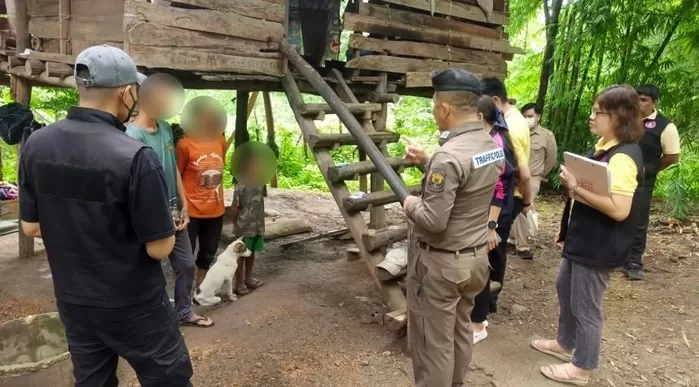As part of its ongoing efforts to integrate robotics into its gigantic warehouse operations, Amazon recently began experimenting with a bipedal robot called Digit that should be able the most repetitive tasks.
Amazon warehouse employees have long gotten used to working alongside robots, but staff at the company’s BFI1 experimental facility in Sumner are now getting familiarized with Digit, a new type of humanoid robot developed by Agility Robotics, a startup based in Corvallis, Oregon. Standing 5ft 9in (175cm) tall and weighing 143lb (65kg), Digit can walk forwards, backward, and sideways, and can also crouch if it needs to. Amazon’s new robot worker has two arms, two legs, a blue chest, and two square lights for eyes, and is currently tasked only with recycling the iconic yellow boxes once they have been emptied of inventory.











